
As , mentioned
before, here is the first blog post about the gorgeous
Skopelos island, in Greece. It is dedicated to the main city, Skopelos.

You can maybe
watch this nice video about the island, I found on the net. There is also very useful
Skopelos website that has many great pictures, info, maps and other things and I've booked our apartment through that website.


Let's start with a bit of info from the net as: Skopelos is a Greek island in the western Aegean Sea. Skopelos is one of several islands which comprise the Northern Sporades island group. Sporades, are a group of widely dispersed islands in the Aegean Sea whose collective name means ‘Scattered’ from sporas. The Skopelos island is located east of mainland Greece, northeast of the island of Euboea and is part of the Thessaly region. Skopelos is also the name of the main port and the municipal center of the island.
Skopelos has an area of 37 square miles (96 sq. km.). The interior is covered by a series of low mountains, the highest peak being Delphi which reaches a height of 1188 ft. (362 m). The entire 40 mile (67 km.) coastline is blessed by an abundance of natural harbors which provide safe haven from Aegean storms throughout the year. The name Skopelos comes from the ancient Greek word meaning “rock” indicating its rocky nature. Despite this, eighty percent of the island is covered with pine trees giving Skopelos the notoriety of being amongst Greece’s greenest islands. Other trees commonly seen on the island are olive, almond, plum, and fig trees. Another one of Skopelos’ valuable natural resources is its many natural springs and its plentiful fresh water supply. For many years the island’s main export was its wine. In the 17th century it was said that Skoplos had “the best in the Aegean.” Pine resin, dry plums (prunes), and dry figs were also exported in the past. Since the late 1980’s, few farm or tend to their land, and tourism has taken over as the island’s main industry.



Worthwhile sightseeing on the island includes many churches, chapels and monasteries. The deep religious convictions of the islanders are evident in the sheer number of structures dedicated to this or the other saint. In the main town of Skopelos alone there are 123 of the total of 360 chapels that dot the island.







While climbing the who knows how many stairs taking us up, at the top of the old town, the kids were searching for cats and dogs, while I was looking for the nice corners to photograph, almost entering into the houses of people, as the stairs in some parts are very narrow and you may almost feel like uninvited guest, until Greeks welcomes you with a smile and a "yassou," the actual Greek word for hello:)





The two and three storey homes have a panoramic view of the harbor and beautiful balconies showered in colourful bougainvillea and all kinds of blooms decorating small balconies and walls with visible, decorative, wooden frames. The roofs of the houses are covered with schistolith (a type of shale) or tile. Because of the remarkable architecture of these traditional houses, the town of Chora has been declared a preserved settlement by presidential decree. In the old town aerea there are still houses over 500 years old dating from the Byzantine period. The capital of Skopelos is beyond any doubt, one of the most beautiful villages in Greece.

Now, said all that, I would never suggest renting the hotel or apartment in the Skopelos city. It is very nice to see, take a walk, eat etc, but being the harbour and the main city on the island, it can't have the most beautiful beaches. The town's long, sand and shingle town beach may look inviting from a distance but closer inspection reveals it to be little more than a squalid, litter-strewn dump. Facing north against the prevailing summer wind, it attracts more than its fair share of flotsam. Rubbish regularly creeps round from the harbour, swept in by the current. The water is very murky and not recommended for swimming unless you are both desperate to cool down and have all your inoculations are up to date. Sewage pipes that once ran straight into the harbour now extend out to sea but it is hardly a solution to the problem. Fresh water from a covered culvert trickles into the sea. In the spring, many wading birds can be observed pecking their way through the debris and plastic. Nevertheless, in the high season, the beach is packed with holidaymakers - mainly Greeks. The back of the beach at Skopelos Town, once a nice area for walks, has now been built up with several small hotels and apartments. There is another beach that is somewhat cleaner but it is very small and made up of stone and pebbles.

And the nearest nice beach(but not anything special) is the
Agios Konstantinos beach.

There is another small beach in the bay of Skopelos Town to the west at GLYFONERI. It is not much to look at though, just a narrow string of stone and shingle though it does have a very nice fish taverna above it.


After Glyfoneri, there is Glysteri beach. Daily boat trips to GLYSTERI beach are widely advertised in Skopelos Town. The beach lies about 2km north of the port and can also be reached by road. There is a small, stone and shingle beach set in a deep and secluded bay with a large taverna set back from the beach and sometimes a waterside cantina in the summer months. There is also a campsite at Glysteri in the nearby olive groves for those who prefer roughing it. The only drawback for those trying to escape the crowds are the fairly regular visits from caiques which drop off day trippers en route to the sea caves at nearby TRIPITI. The more adventurous can head a little further north to the small bay at VATHIAS, wild and unkempt with a steep winding road down to a scrap of rock and shingle.

I'll blog about the rest of the beaches in my next post including, Agnontas or
Agnondas, the small village where we were situated.

As , mentioned
before, here is the first blog post about the gorgeous
Skopelos island, in Greece. It is dedicated to the main city, Skopelos.

You can maybe
watch this nice video about the island, I found on the net. There is also very useful
Skopelos website that has many great pictures, info, maps and other things and I've booked our apartment through that website.


Let's start with a bit of info from the net as: Skopelos is a Greek island in the western Aegean Sea. Skopelos is one of several islands which comprise the Northern Sporades island group. Sporades, are a group of widely dispersed islands in the Aegean Sea whose collective name means ‘Scattered’ from sporas. The Skopelos island is located east of mainland Greece, northeast of the island of Euboea and is part of the Thessaly region. Skopelos is also the name of the main port and the municipal center of the island.
Skopelos has an area of 37 square miles (96 sq. km.). The interior is covered by a series of low mountains, the highest peak being Delphi which reaches a height of 1188 ft. (362 m). The entire 40 mile (67 km.) coastline is blessed by an abundance of natural harbors which provide safe haven from Aegean storms throughout the year. The name Skopelos comes from the ancient Greek word meaning “rock” indicating its rocky nature. Despite this, eighty percent of the island is covered with pine trees giving Skopelos the notoriety of being amongst Greece’s greenest islands. Other trees commonly seen on the island are olive, almond, plum, and fig trees. Another one of Skopelos’ valuable natural resources is its many natural springs and its plentiful fresh water supply. For many years the island’s main export was its wine. In the 17th century it was said that Skoplos had “the best in the Aegean.” Pine resin, dry plums (prunes), and dry figs were also exported in the past. Since the late 1980’s, few farm or tend to their land, and tourism has taken over as the island’s main industry.



Worthwhile sightseeing on the island includes many churches, chapels and monasteries. The deep religious convictions of the islanders are evident in the sheer number of structures dedicated to this or the other saint. In the main town of Skopelos alone there are 123 of the total of 360 chapels that dot the island.







While climbing the who knows how many stairs taking us up, at the top of the old town, the kids were searching for cats and dogs, while I was looking for the nice corners to photograph, almost entering into the houses of people, as the stairs in some parts are very narrow and you may almost feel like uninvited guest, until Greeks welcomes you with a smile and a "yassou," the actual Greek word for hello:)





The two and three storey homes have a panoramic view of the harbor and beautiful balconies showered in colourful bougainvillea and all kinds of blooms decorating small balconies and walls with visible, decorative, wooden frames. The roofs of the houses are covered with schistolith (a type of shale) or tile. Because of the remarkable architecture of these traditional houses, the town of Chora has been declared a preserved settlement by presidential decree. In the old town aerea there are still houses over 500 years old dating from the Byzantine period. The capital of Skopelos is beyond any doubt, one of the most beautiful villages in Greece.

Now, said all that, I would never suggest renting the hotel or apartment in the Skopelos city. It is very nice to see, take a walk, eat etc, but being the harbour and the main city on the island, it can't have the most beautiful beaches. The town's long, sand and shingle town beach may look inviting from a distance but closer inspection reveals it to be little more than a squalid, litter-strewn dump. Facing north against the prevailing summer wind, it attracts more than its fair share of flotsam. Rubbish regularly creeps round from the harbour, swept in by the current. The water is very murky and not recommended for swimming unless you are both desperate to cool down and have all your inoculations are up to date. Sewage pipes that once ran straight into the harbour now extend out to sea but it is hardly a solution to the problem. Fresh water from a covered culvert trickles into the sea. In the spring, many wading birds can be observed pecking their way through the debris and plastic. Nevertheless, in the high season, the beach is packed with holidaymakers - mainly Greeks. The back of the beach at Skopelos Town, once a nice area for walks, has now been built up with several small hotels and apartments. There is another beach that is somewhat cleaner but it is very small and made up of stone and pebbles.

And the nearest nice beach(but not anything special) is the
Agios Konstantinos beach.

There is another small beach in the bay of Skopelos Town to the west at GLYFONERI. It is not much to look at though, just a narrow string of stone and shingle though it does have a very nice fish taverna above it.


After Glyfoneri, there is Glysteri beach. Daily boat trips to GLYSTERI beach are widely advertised in Skopelos Town. The beach lies about 2km north of the port and can also be reached by road. There is a small, stone and shingle beach set in a deep and secluded bay with a large taverna set back from the beach and sometimes a waterside cantina in the summer months. There is also a campsite at Glysteri in the nearby olive groves for those who prefer roughing it. The only drawback for those trying to escape the crowds are the fairly regular visits from caiques which drop off day trippers en route to the sea caves at nearby TRIPITI. The more adventurous can head a little further north to the small bay at VATHIAS, wild and unkempt with a steep winding road down to a scrap of rock and shingle.

I'll blog about the rest of the beaches in my next post including, Agnontas or
Agnondas, the small village where we were situated.












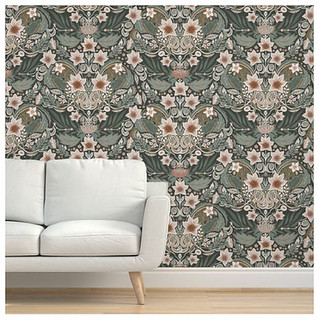












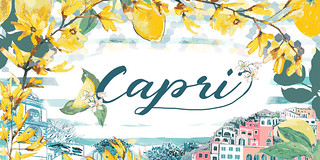






 GRID
GRID
 DECADENCE
DECADENCE



















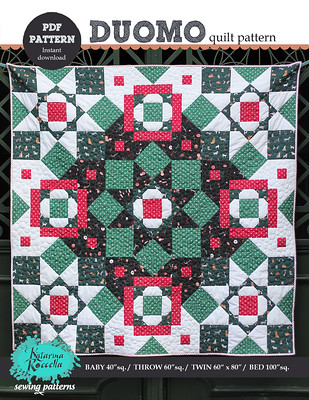
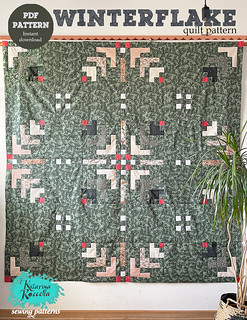





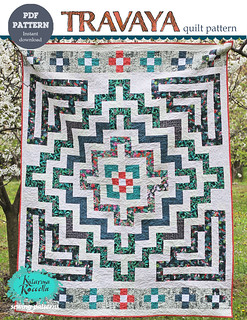

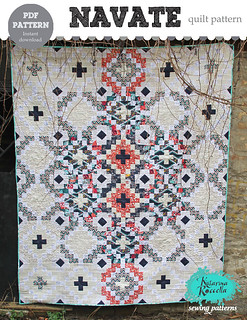
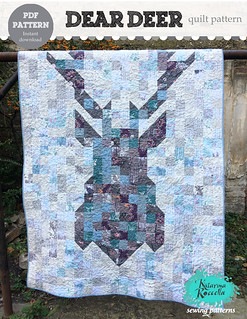





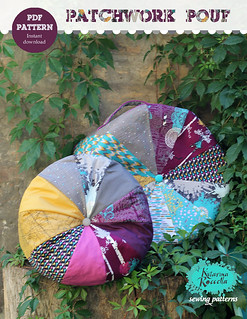





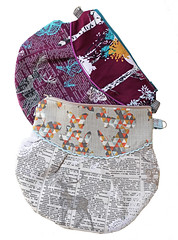
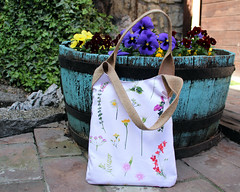










No comments :
Post a Comment